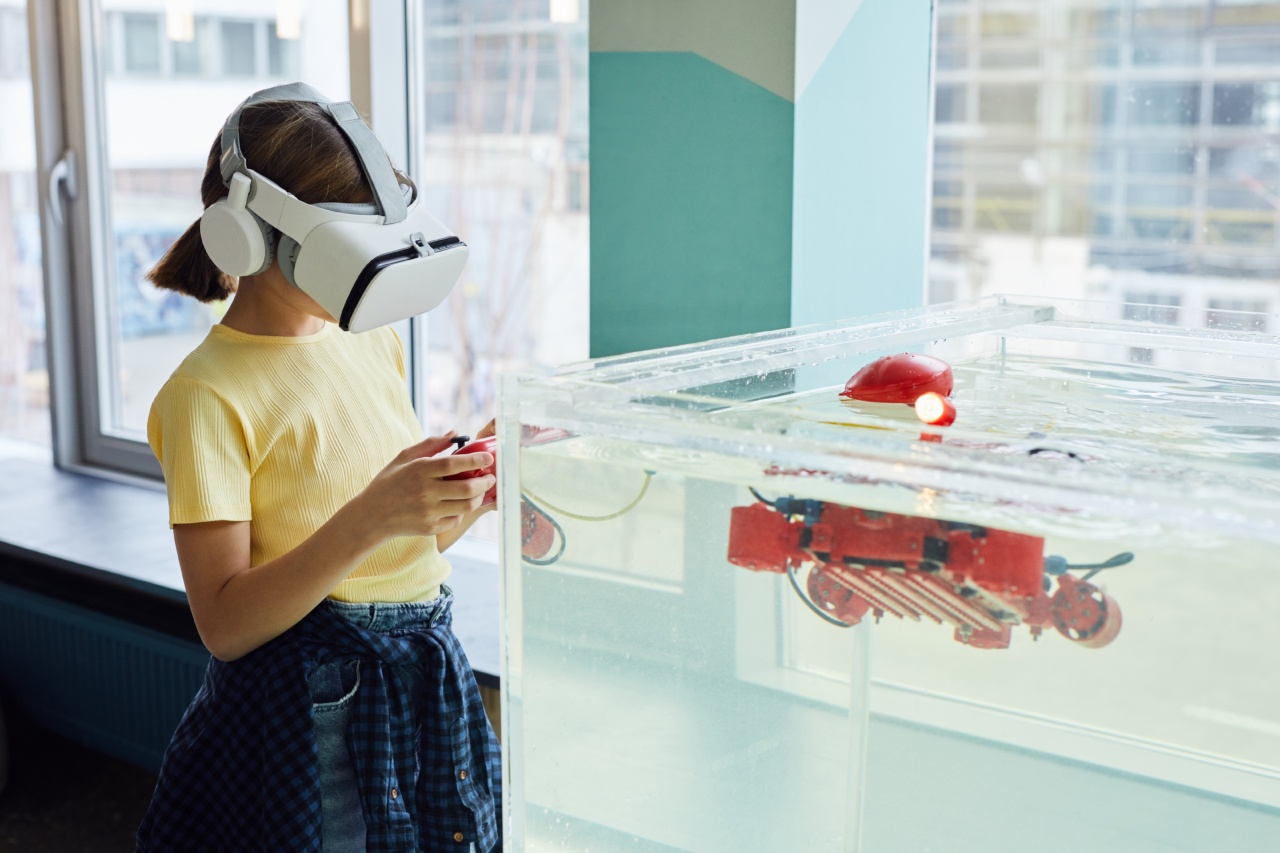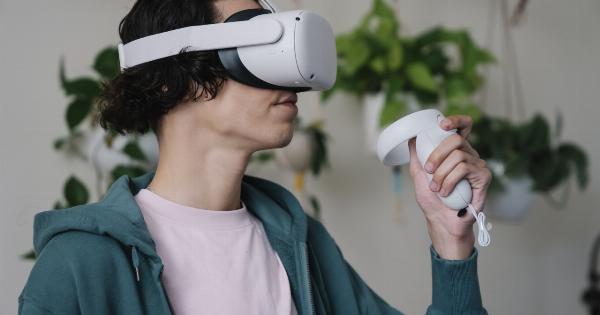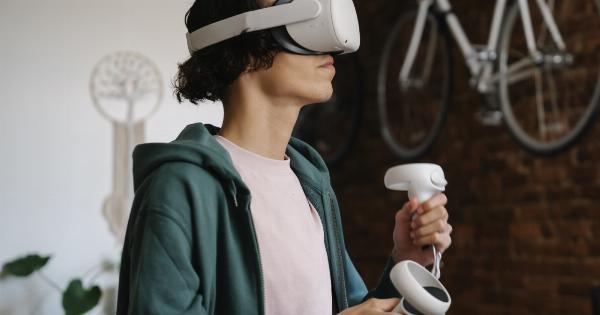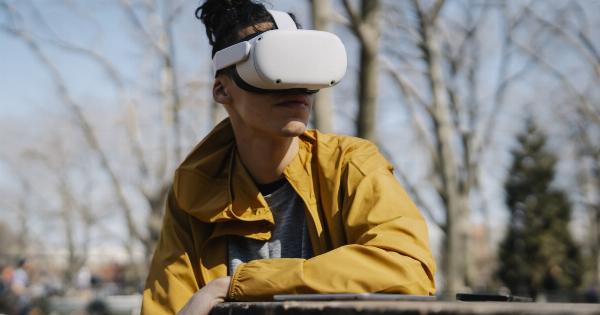From the moment a baby is born, their vision begins to develop and evolve. As they grow, their visual abilities become more refined, allowing them to explore the world around them.
Understanding the milestones of vision development in infants can help parents and caregivers ensure that their little ones are reaching these important stages. In this article, we will explore the various vision development milestones that infants typically go through during their first year.
Birth to 3 Months: The Emergence of Visual Skills
During the first three months of life, infants begin to develop the foundation for their visual abilities. They start by being able to focus their gaze on objects that are within 8-12 inches away from their face.
At this stage, infants are highly attracted to human faces and will often fixate on them for prolonged periods. They also develop the ability to track moving objects with their eyes, following a person or a toy as it moves across their field of vision.
Infants also start to develop color vision during this period, although their ability to discriminate between different hues is still limited.
By the end of the third month, infants will begin to display a more coordinated eye movement, enabling them to visually track objects in a smoother manner.
They also develop a preference for more complex visual stimuli, such as high-contrast patterns or colorful toys. At this stage, infants might also start showing signs of visual recognition, responding differently to familiar faces compared to unfamiliar ones.
3 to 6 Months: Expanding Visual Abilities
Between 3 to 6 months of age, infants’ visual skills continue to evolve. They develop better hand-eye coordination, which allows them to reach and grasp objects accurately.
The ability to perceive depth and distance also starts to emerge during this period. This newfound depth perception enables infants to judge the distance between themselves and an object, allowing them to reach out and interact with things in their environment more efficiently.
Visual tracking skills become more refined, and infants are now able to track objects across different depths and angles. This improvement in tracking abilities is further enhanced by their developing eye-hand coordination.
Infants also begin to show interest in their own reflections, recognizing themselves in the mirror and interacting with their own image.
6 to 9 Months: Enhanced Visual Exploration
Between 6 to 9 months, infants’ vision continues to progress, and they become more adept at exploring their visual environment. They develop the ability to shift their gaze between objects rapidly, as well as track moving objects with ease.
Infants start to show a preference for more complex visual patterns and enjoy visually stimulating toys and books.
During this period, infants also exhibit an increased interest in their surroundings and the people around them. They are able to recognize familiar faces and objects from a distance and can identify them even when they are partially hidden.
Infants might also begin to develop a sense of object permanence, understanding that objects continue to exist even when they are out of sight.
9 to 12 Months: Refining Visual Skills
The final stretch of the first year sees infants refining their visual skills even further. They develop better hand-eye coordination, enabling them to use their hands and fingers with more precision.
Infants become more proficient at picking up small objects and manipulating them. They also have a better understanding of spatial relationships and can judge distances accurately.
By 9 to 12 months, infants’ color vision has matured, and they can discriminate between a wider range of colors. They show a preference for vibrant and highly saturated hues.
Infants also develop the ability to recognize and understand simple pictures, such as those found in board books.
Conclusion
Understanding the vision development milestones in infants provides valuable insights into their growth and capabilities during their first year.
From the emergence of visual skills and tracking abilities to the development of depth perception and color vision, infants undergo remarkable progress. By being aware of these milestones, parents and caregivers can support and encourage their infants’ visual development, ensuring a healthy and engaging visual experience as they explore the world around them.





























